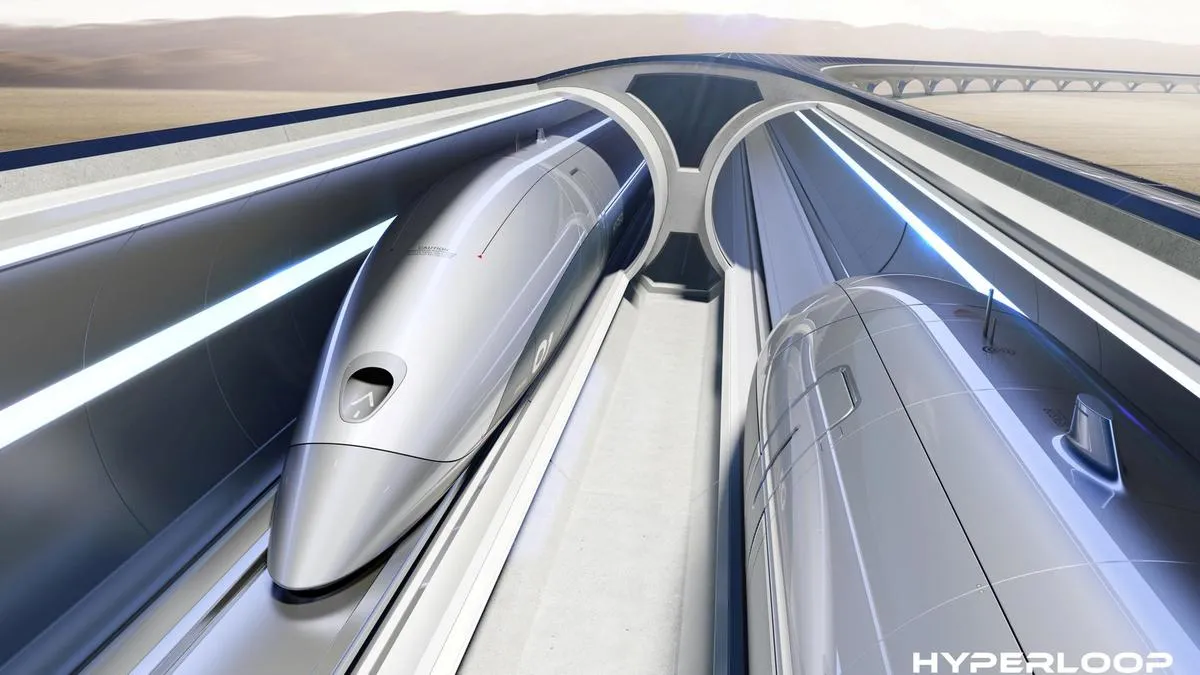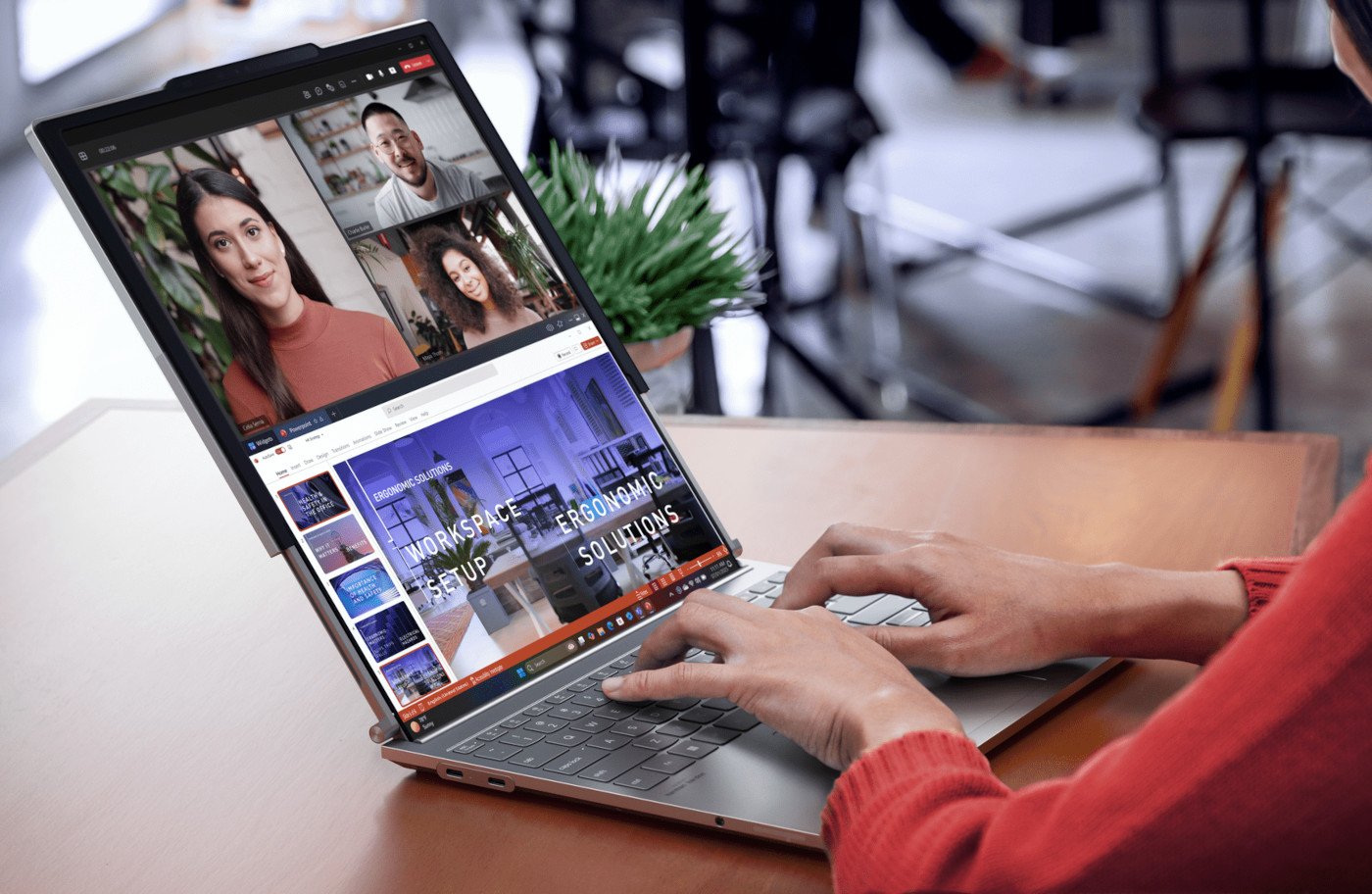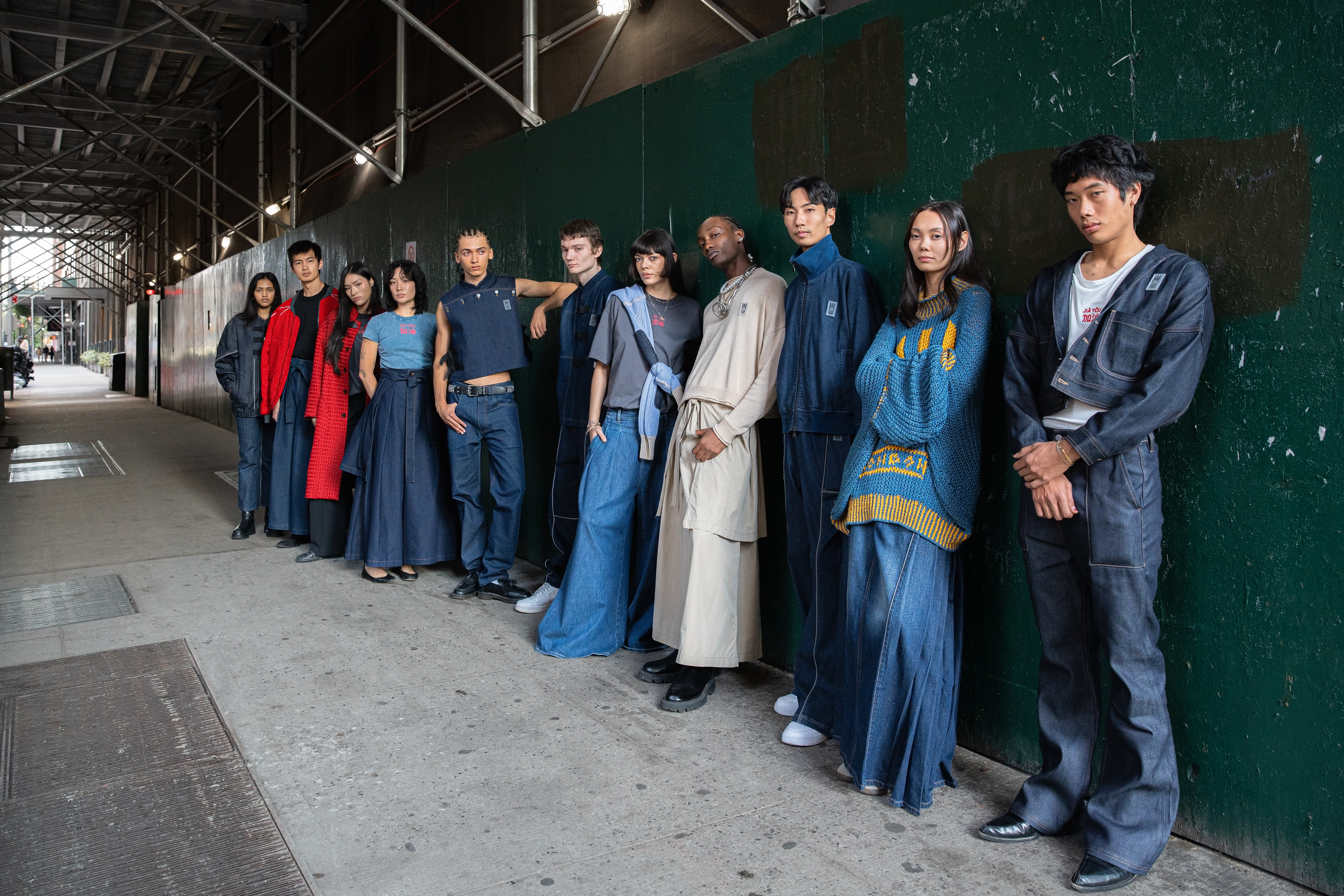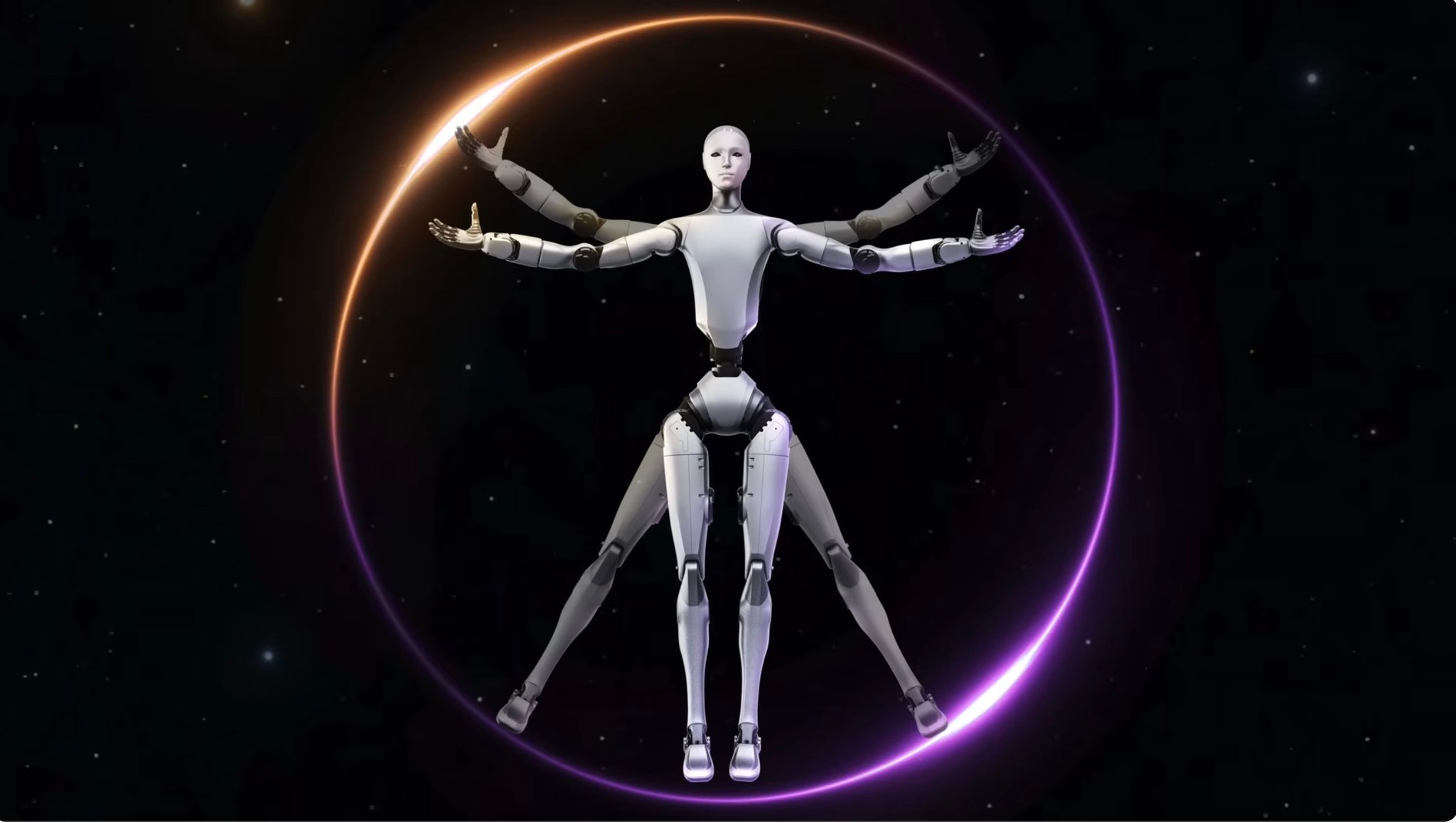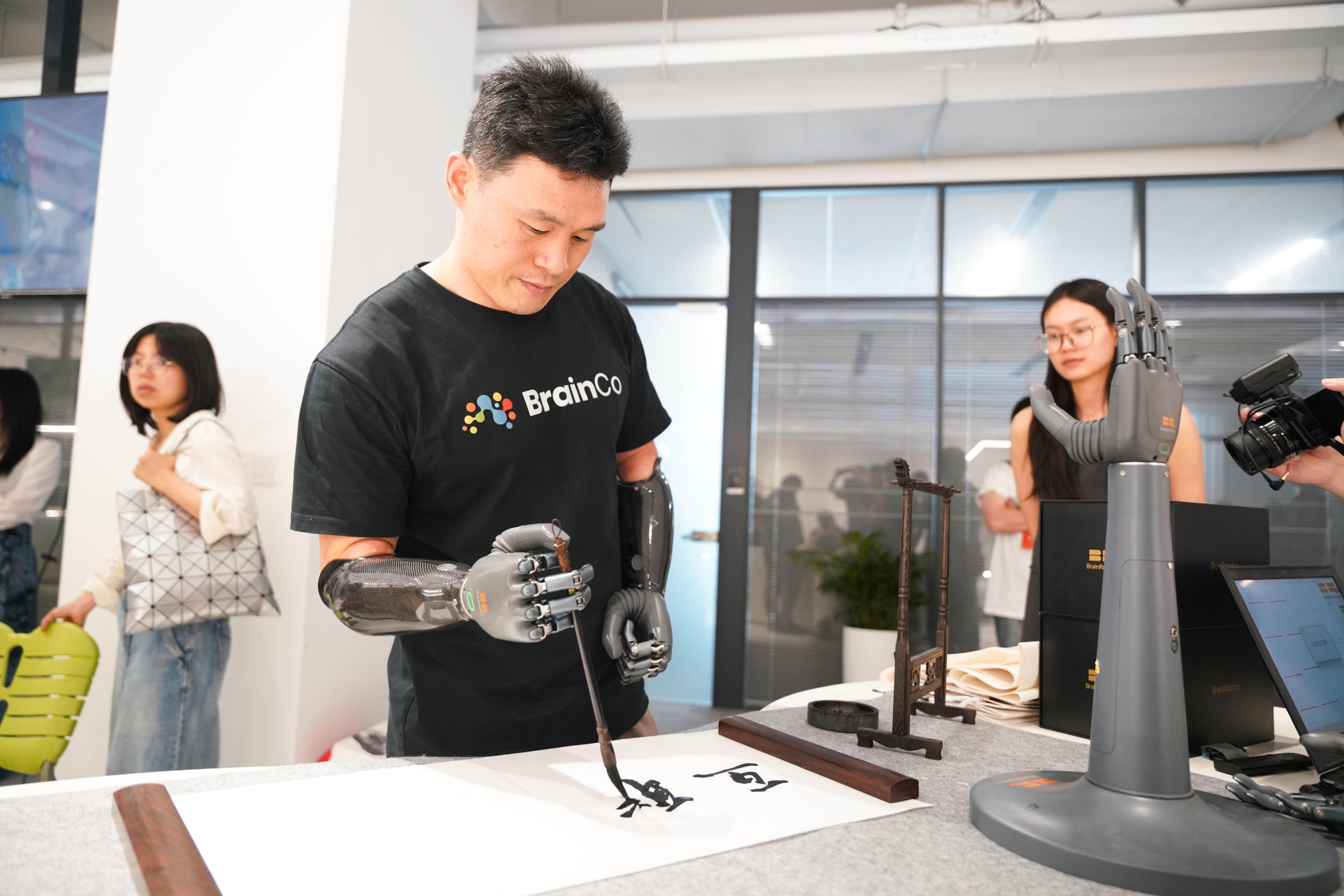In a world where everyone’s racing to make shit go faster, China might have just told Boeing to hold its beer. Their new Hyperloop maglev train—nicknamed T-Flight—is about to make domestic air travel look like your grandpa’s idea of transportation: outdated, inefficient, and embarrassingly slow.
Tests in Shanxi Province have validated the core technologies of this groundbreaking transit system. The T-Flight Hyperloop system floats inside a low-vacuum tube using magnetic levitation, eliminating friction in a way that makes traditional “high-speed” trains look like they’re moving through molasses.
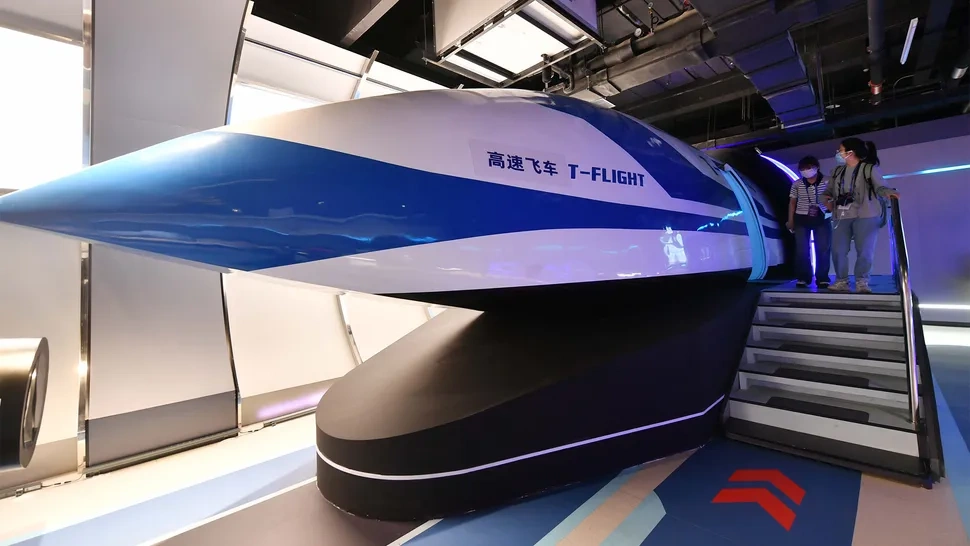
Currently achieving 387 mph with plans to reach 621 mph, the T-Flight is edging closer to matching the cruising speed of a Boeing 737. This isn’t just marginally faster than current options—it’s transformative.
The Beijing-Shanghai route, currently a six-hour journey even on China’s already-impressive high-speed rail, would be compressed to just 90 minutes. Imagine traveling between major cities in the time it takes to watch half a Marvel movie.
While Elon Musk has been tweeting about Hyperloop concepts since 2013, China’s actually building the damn thing. The T-Flight adopts Musk’s original vision but backs it with serious government investment and infrastructure, unlike other Hyperloop ventures that have repeatedly overpromised and underdelivered.
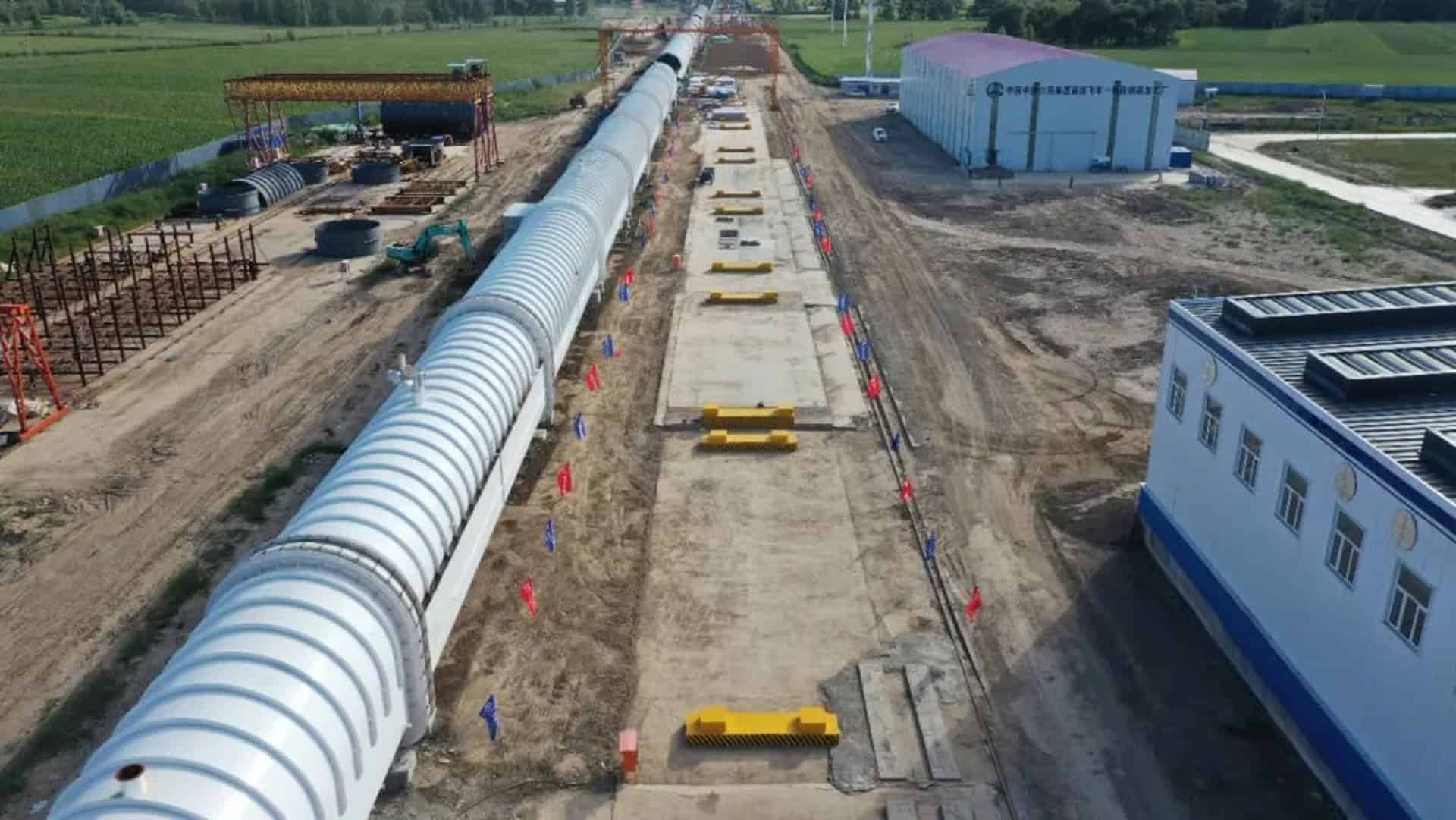
The implications are massive. Airports require hours of your life wasted in security lines, boarding procedures, and baggage claim. The Hyperloop promises city-center-to-city-center travel without the hassle. This means China’s major economic hubs could effectively function as neighborhoods in the same mega-region.
Of course, challenges remain. The infrastructure costs will be astronomical, and safety protocols for transporting humans in vacuum tubes at near-airplane speeds are still being developed. But China’s shown they can build infrastructure at speeds that make Western projects look like they’re moving backward.
If T-Flight succeeds, it won’t just change transportation in China—it’ll force the entire world to rethink how people move between cities.
Cover image via Antala Ltd.

